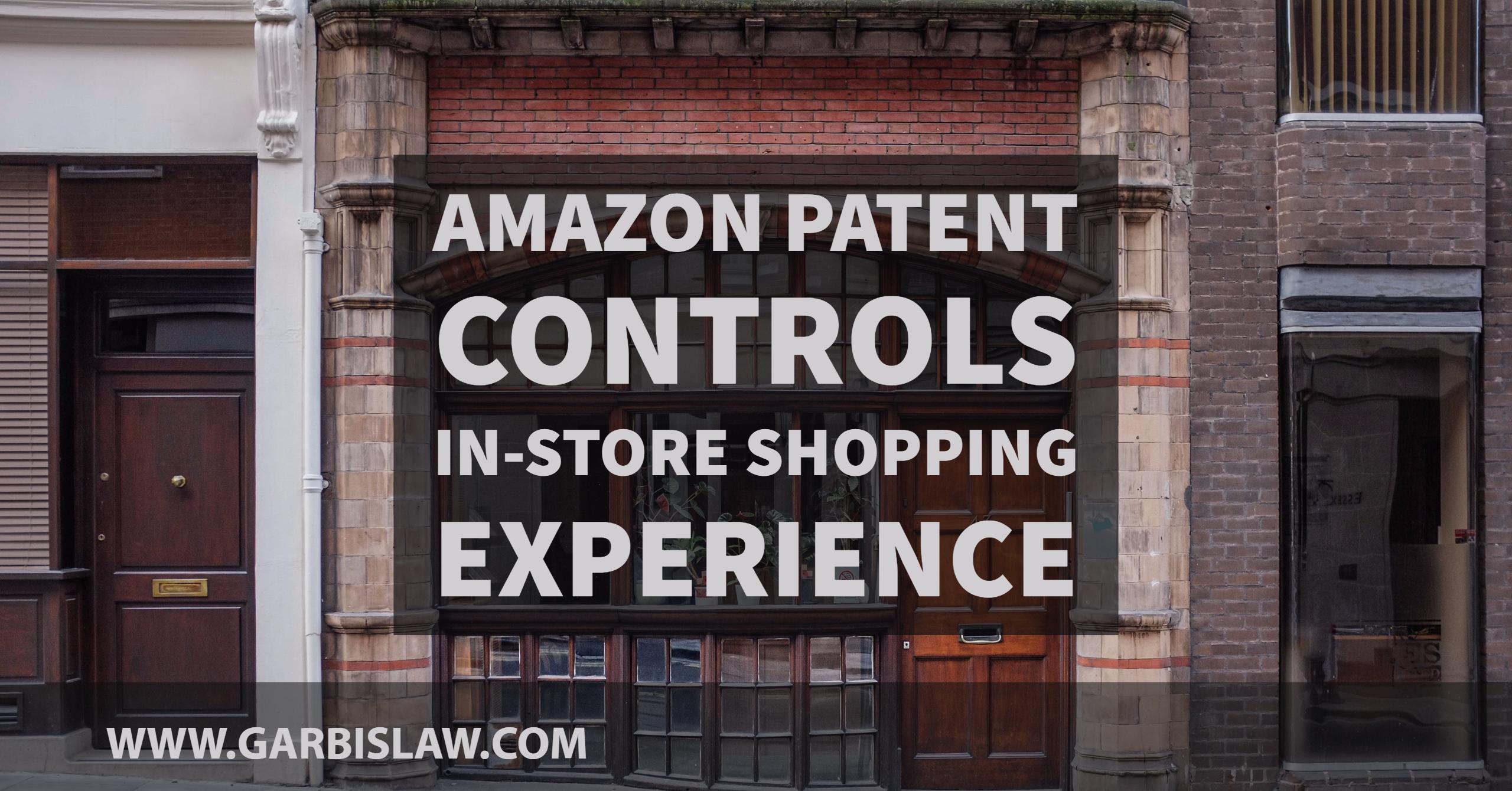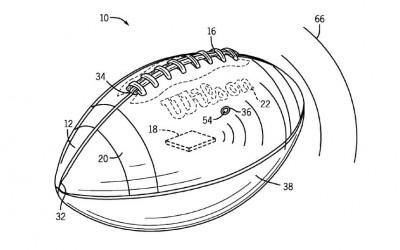How many times have you been standing in a store in front of an item you want to buy, only to take out your phone to check how much it is on Amazon.com?
It’s no secret that brick and mortar retail stores have been on the decline for some time with the ease (and cost) of online shopping, with many of us simply going to the store to look at an item before buying it online.
With that said, Amazon was recently issued a patent which allows a retailer to control online shopping within a physical store. With Amazon starting to focus more and more on physical locations, this patent can prove to be a game changer for a customer’s shopping experience. The media is reporting how ironic it is that Amazon would be issued this patent, when Amazon has been a big reason many brick and mortar locations have been failing. If you dig deeper into the patent, however, there’s much more to it than simply Amazon blocking users from accessing competitor websites. It is bringing aspects of what Amazon does well online to physical locations.
How does the patent work?
If a customer logs onto the wireless network provided within the store, any content (such as web pages and search terms) that is requested through that network can be evaluated. During the evaluation of the requested content, it can be determined whether the customer is accessing general information regarding a product, a competitor’s website, or a number of other related determination based off of the product.

Armed with this information, the retailer can then decide how to respond. For example, the retailer might choose to block the competitor’s website or redirect the customer to its own site. Another response could include offering the customer a coupon, price matching a product, or a plethora of information that would help make a purchasing decision. Additionally, the retailer could dispatch a sales representative to help you with any questions you may have. Instead of having a number of sales reps come up to you asking you “Can I help you with anything?” you will have one rep come up knowing exactly what you need help with.
Why Would Amazon Do This?
When it comes to online shopping, Amazon knows what works and why it works. With this information, it is possible to create a better shopping experience at physical retail locations. There needs to be more to that experience than merely opening up a store and stocking it with inventory. What Amazon is looking to do is create a similar experience at a physical location as it has online. It does this by gathering as much data as possible about you to tailor each experience on a customer by customer basis.
If you go to any e-commerce site and look at its web policies, you will likely find something in the privacy policy letting you know that a bunch of your data, including the websites you visit, your location, who you are, and identifiable information can all be used to tailor your experience. That is why if, for example, you have been looking to buy a car and have done numerous online searches, you’ll start seeing a ton of car advertisements on various sites. These advertisements are specifically targeting you and are much more effective than showing them to someone who has no desire to purchase a vehicle.
This patent can offer a similar in-store experience. By taking a look at all of the content you have provided (if you are logged on to the network), the retailer will be able to tailor a shopping experience specifically for you. The sales representative might already know what questions you are looking to get answered or you might be offered an instant price match on the spot. It will keep you in the store, and most importantly likely to retain your business as you would have no other reason to purchase from somewhere else.
It’ll definitely be interesting to see how (and if) Amazon utilizes this technology to build up additional physical locations.




